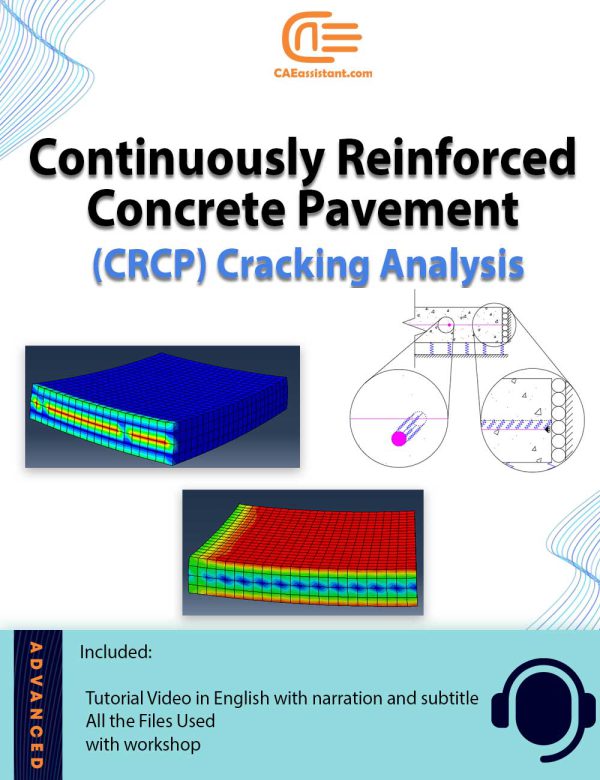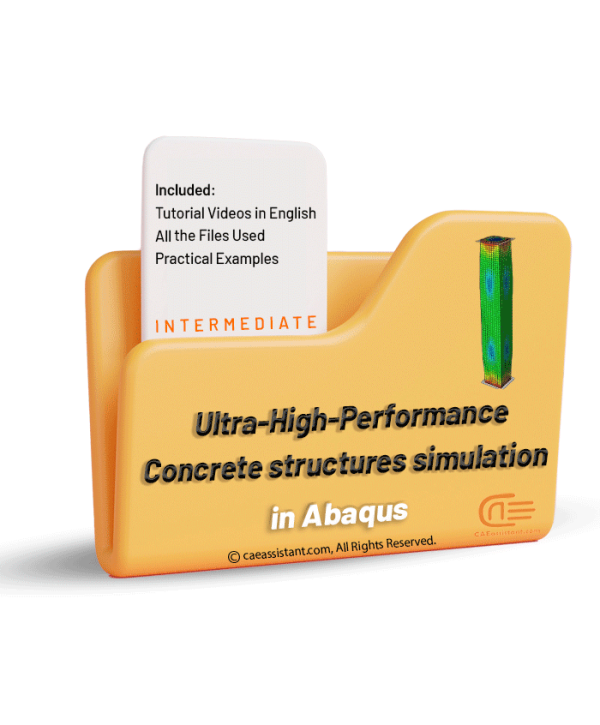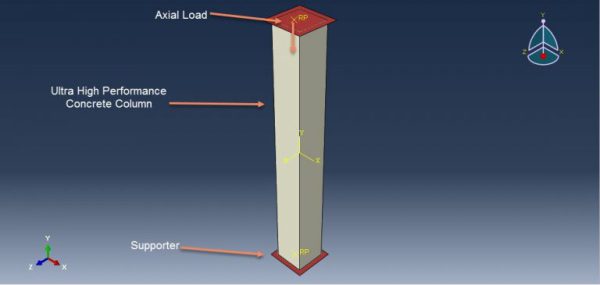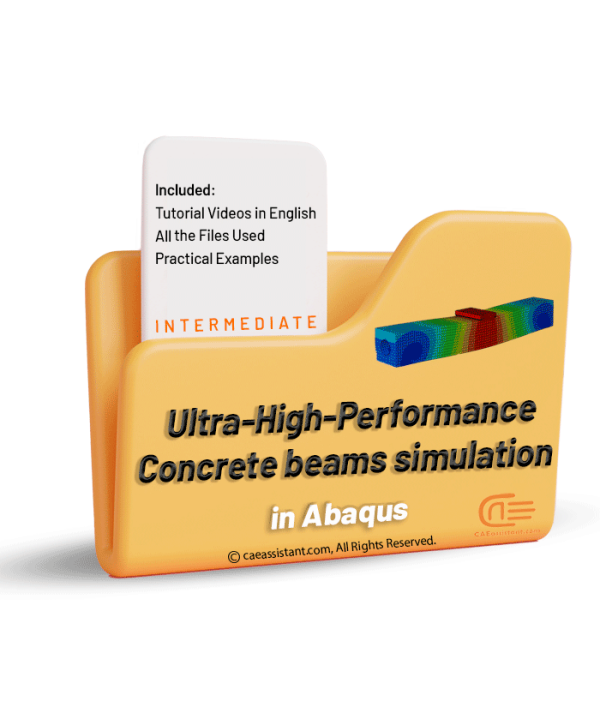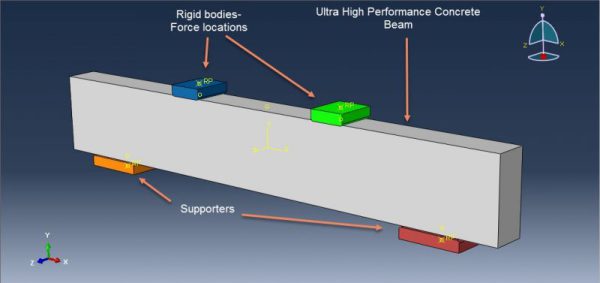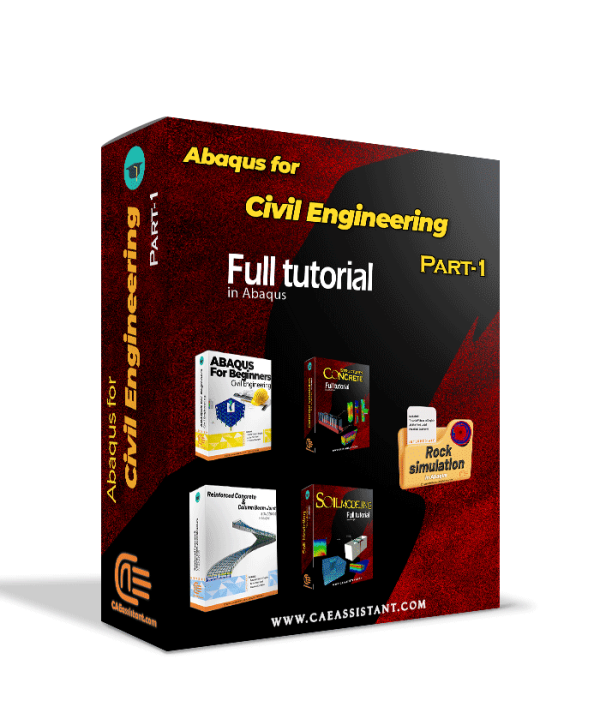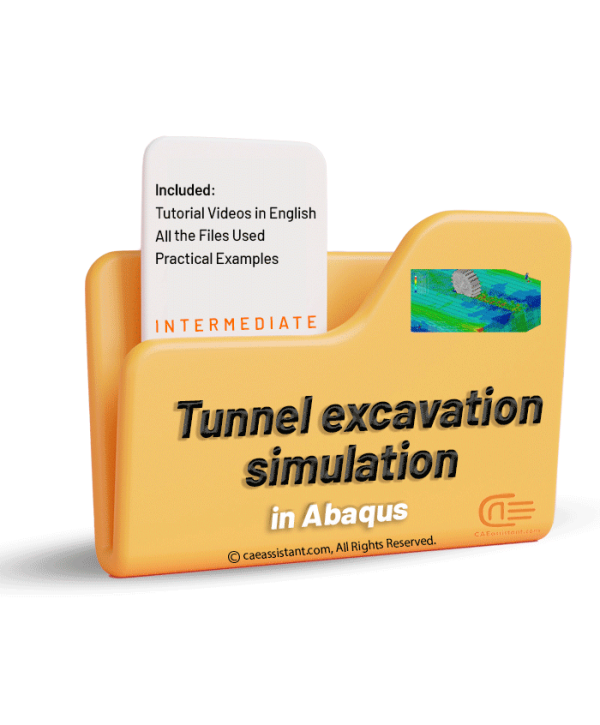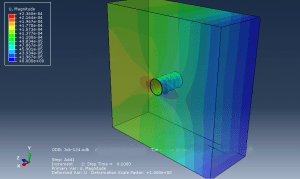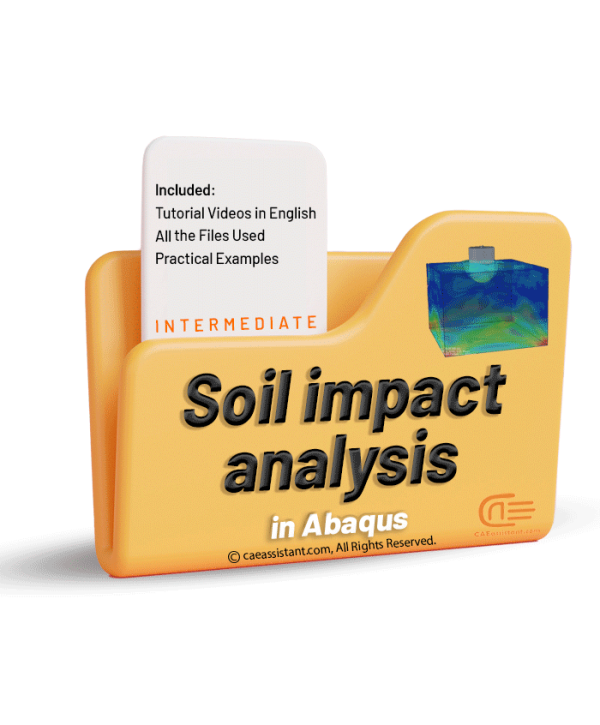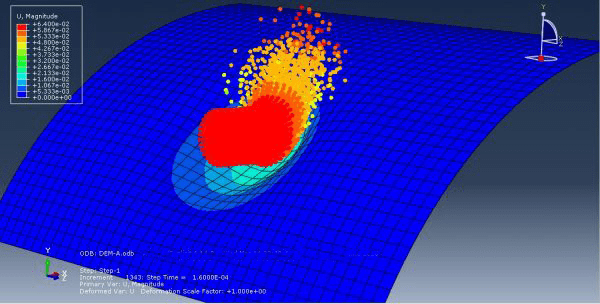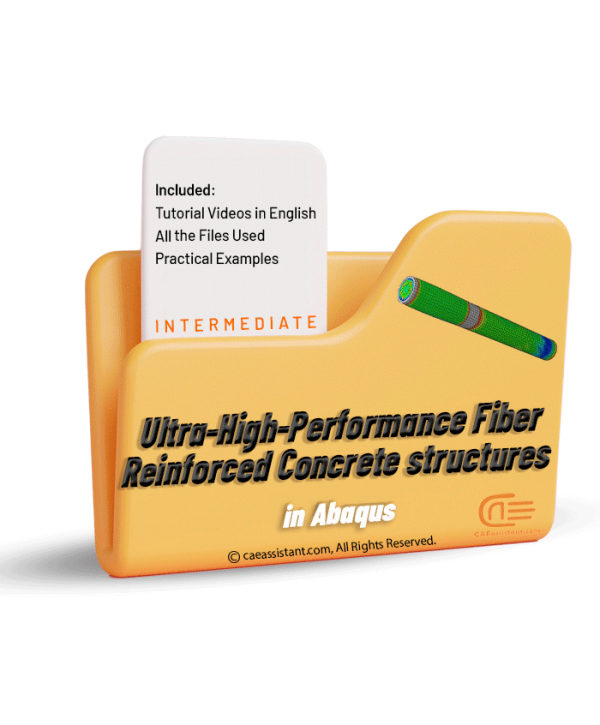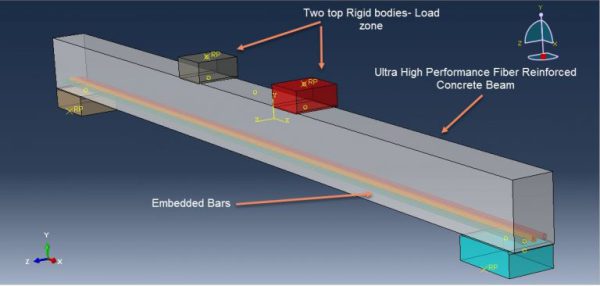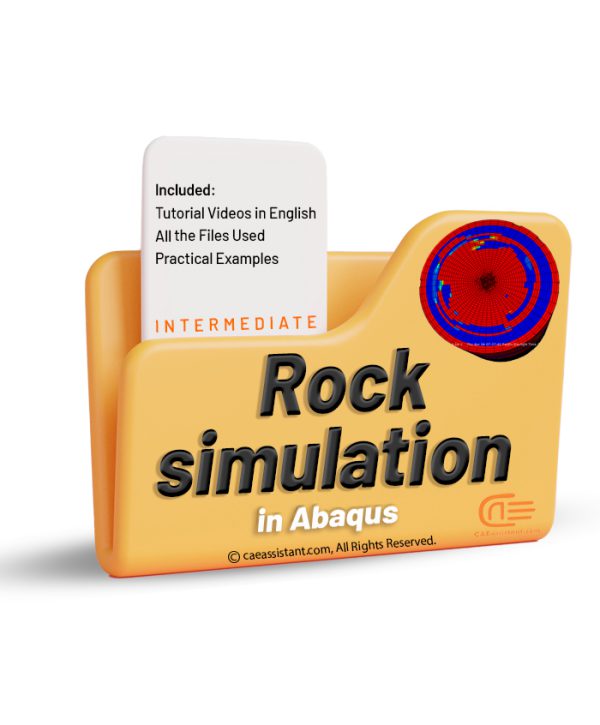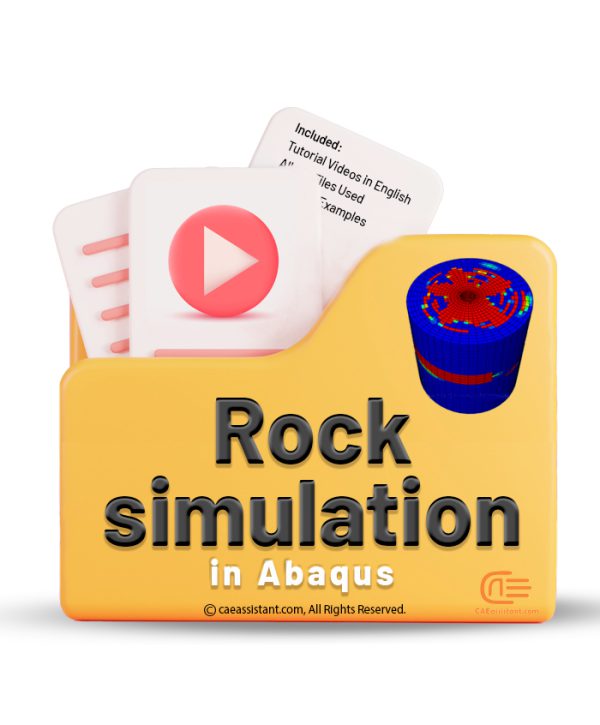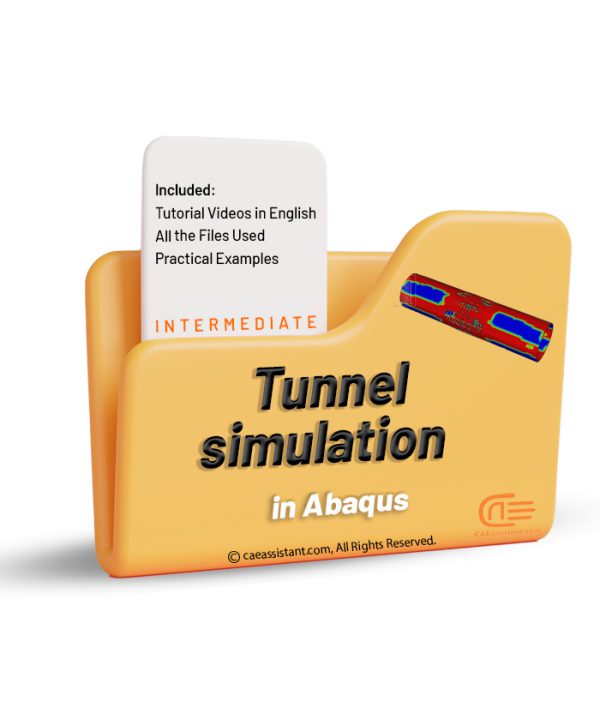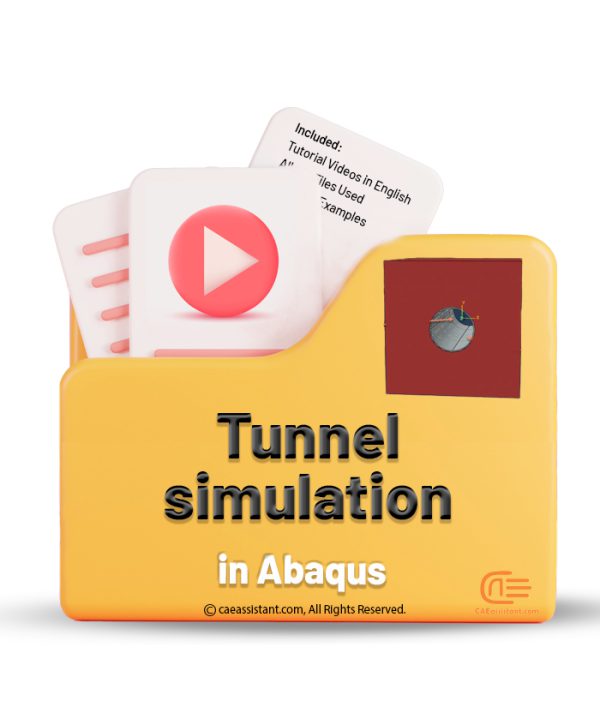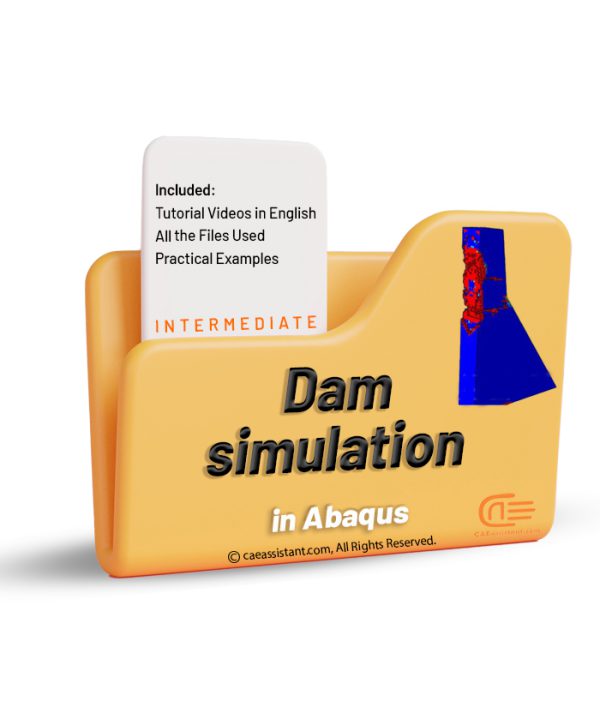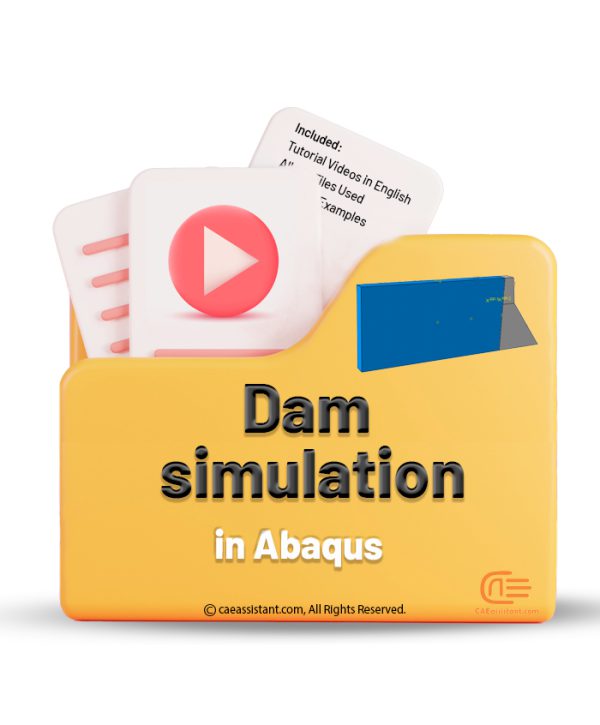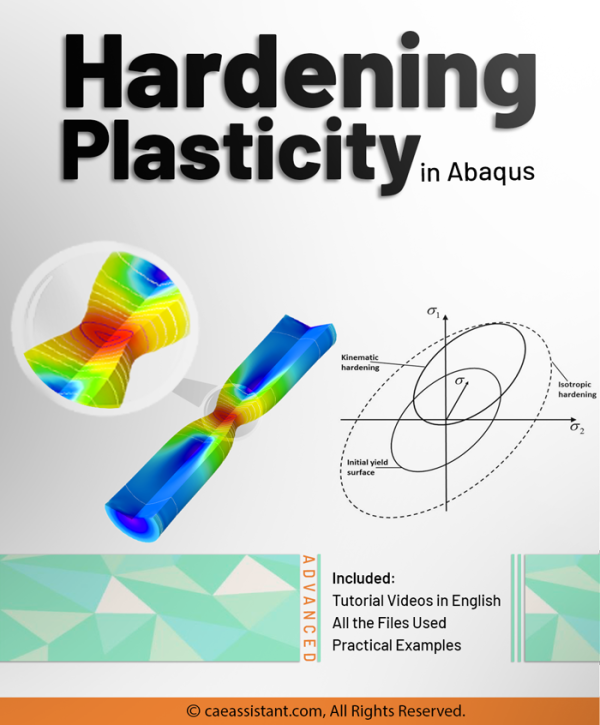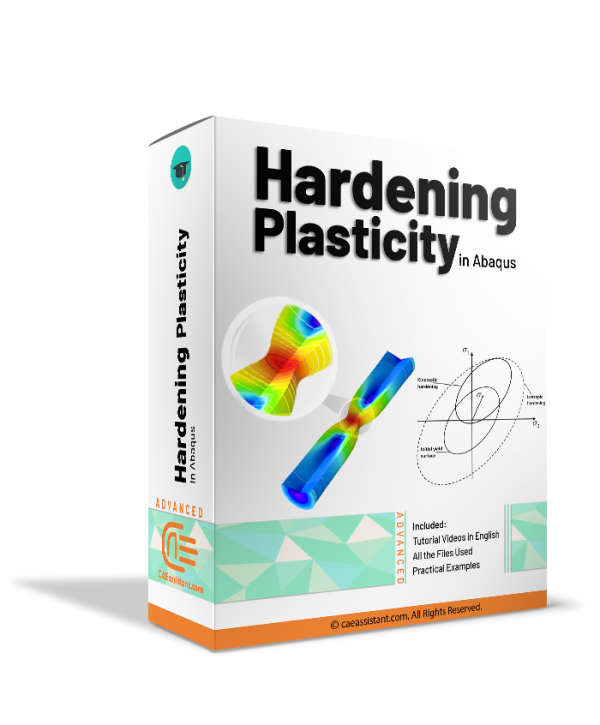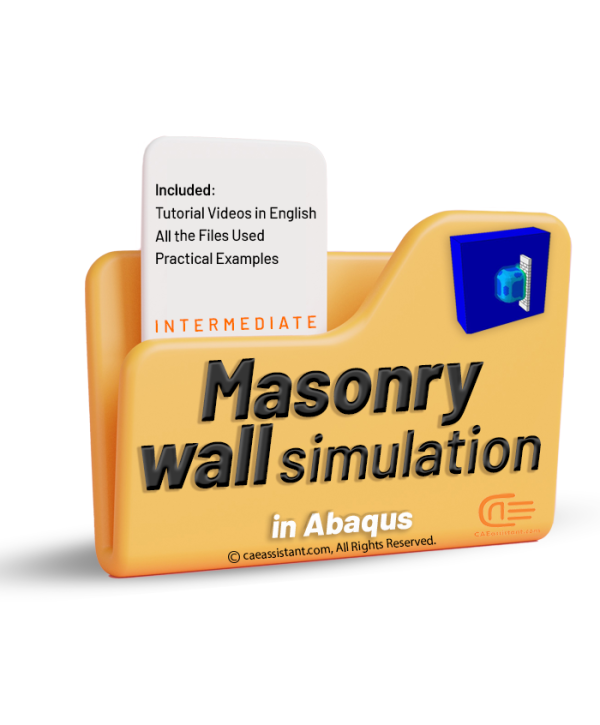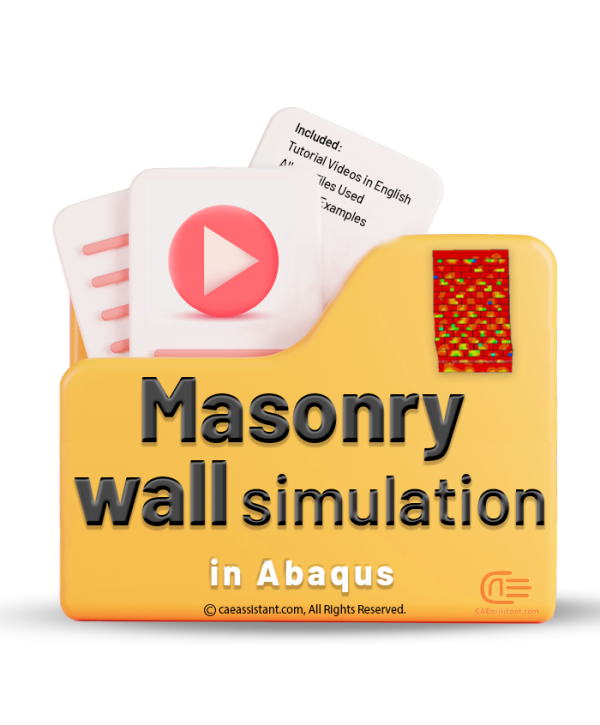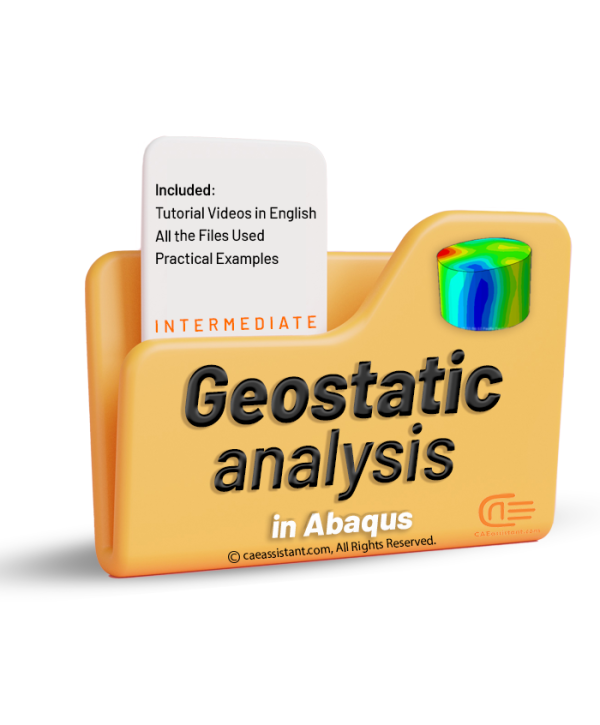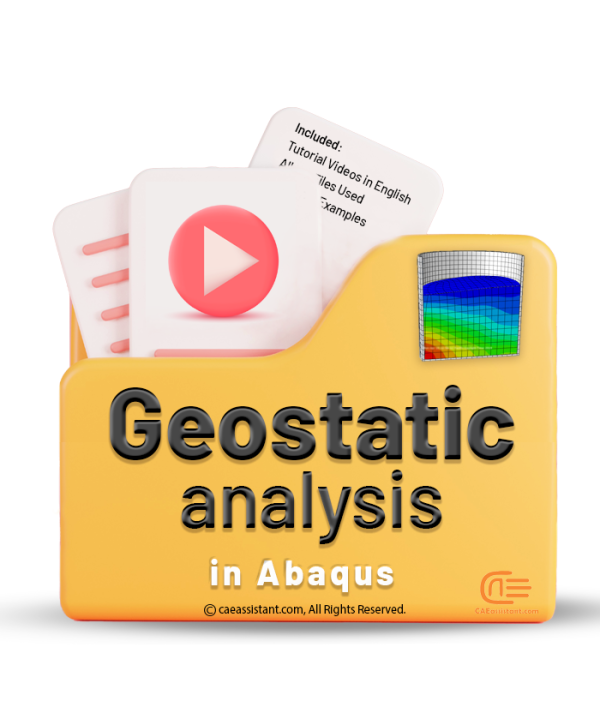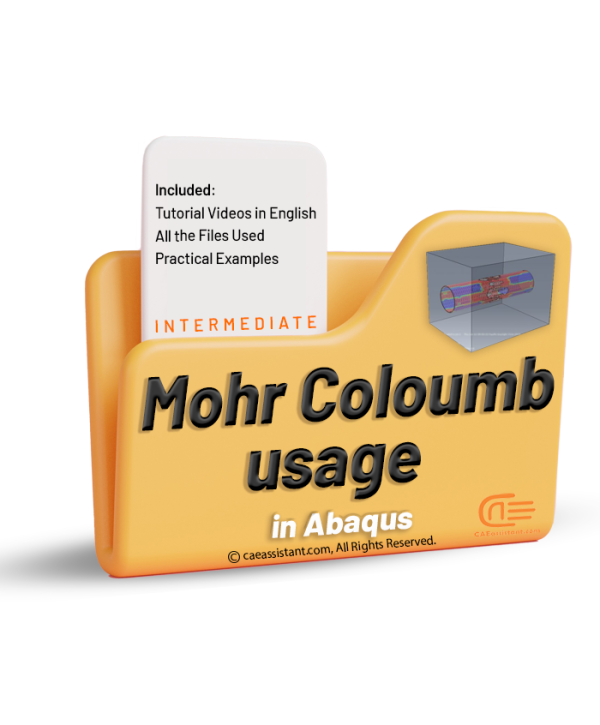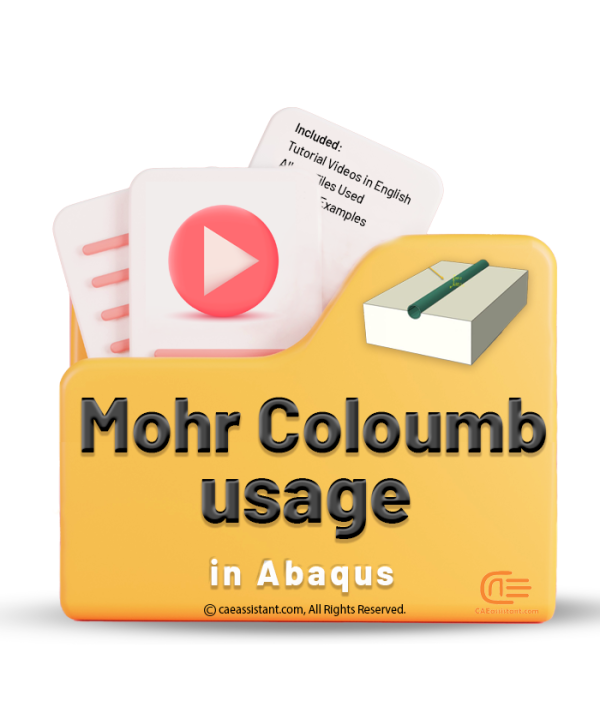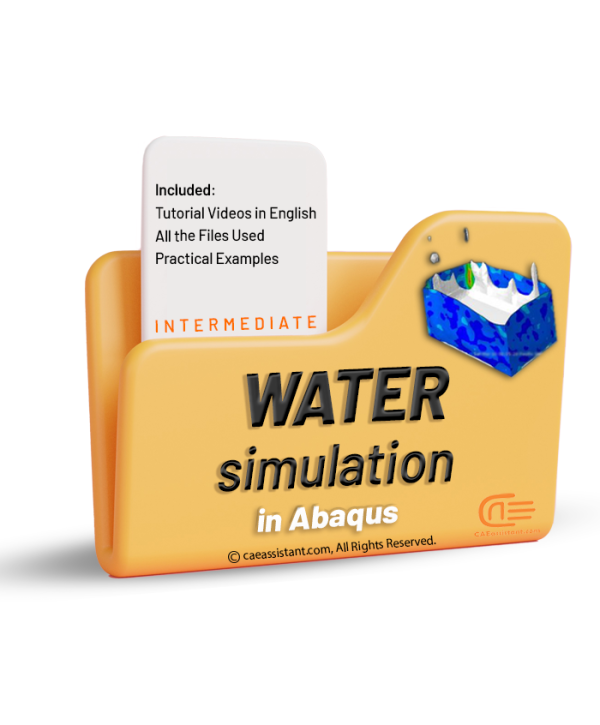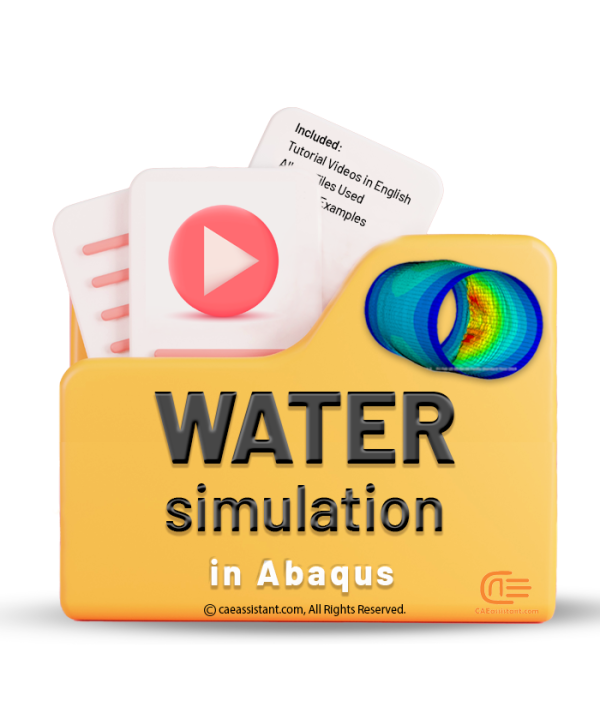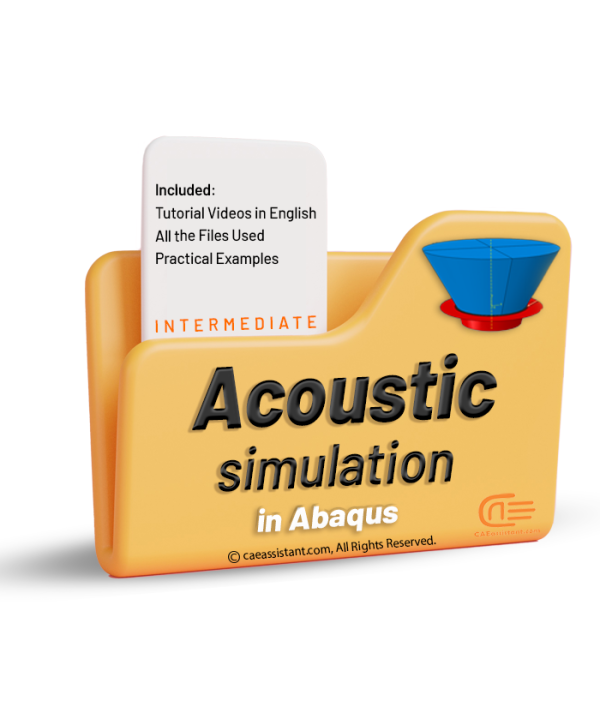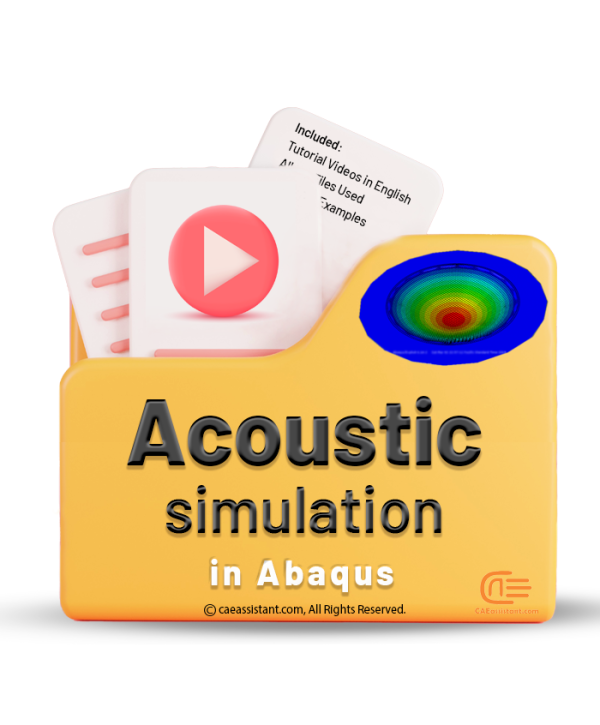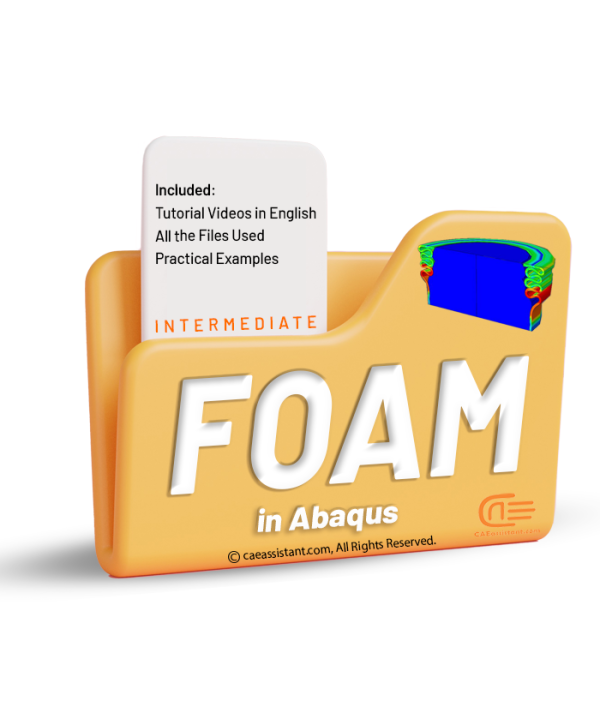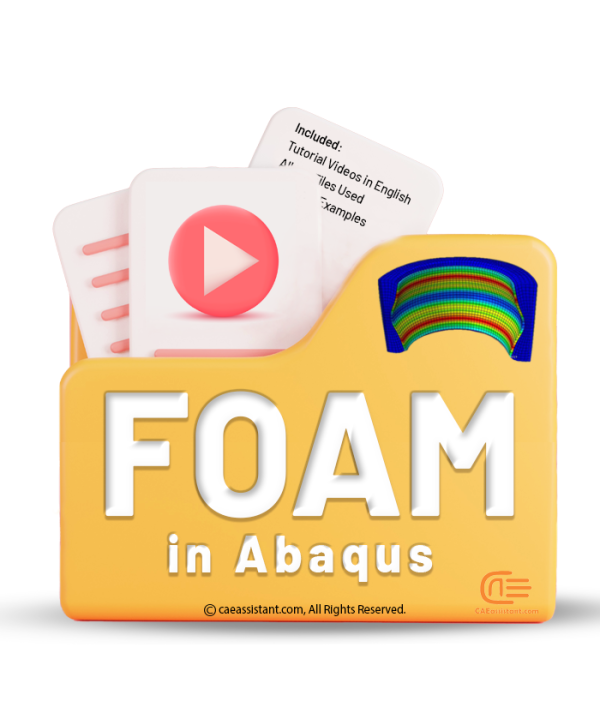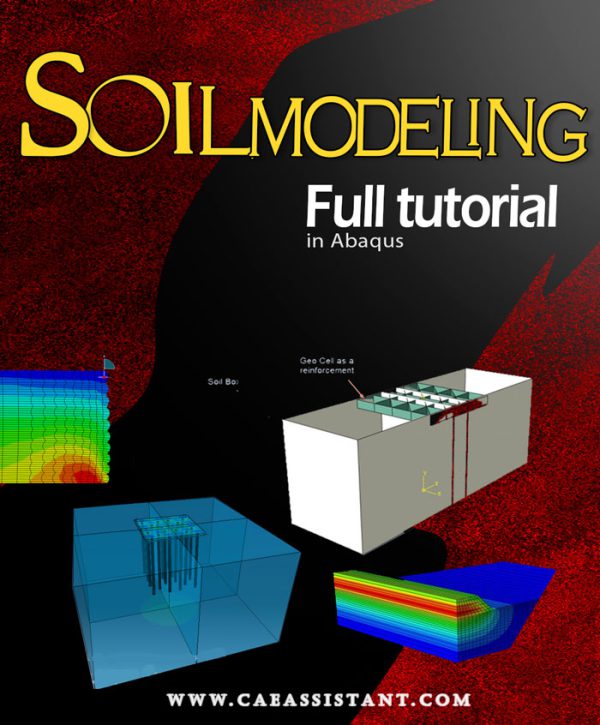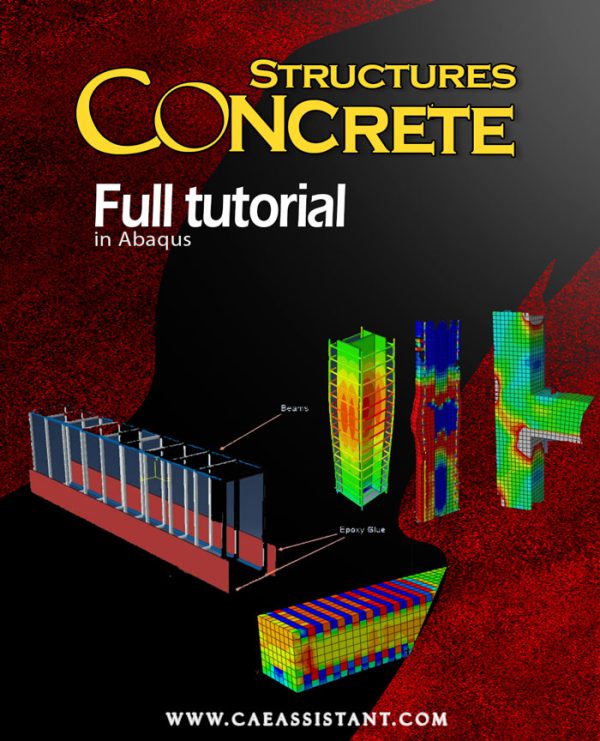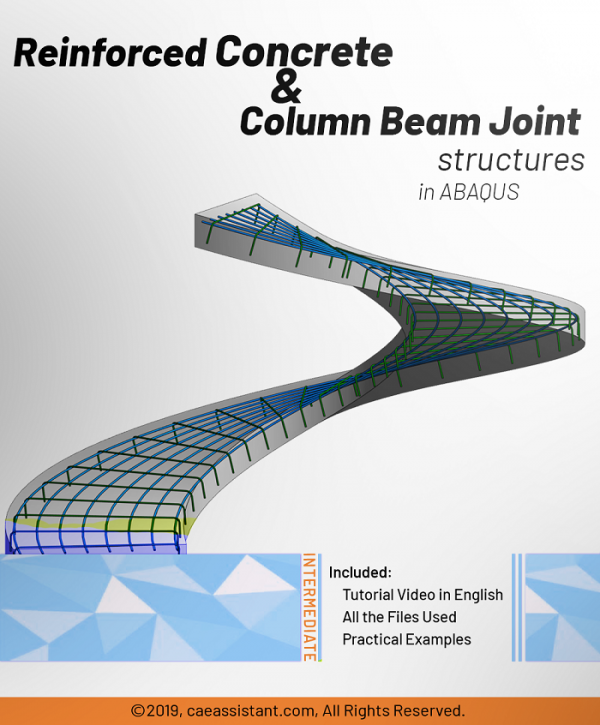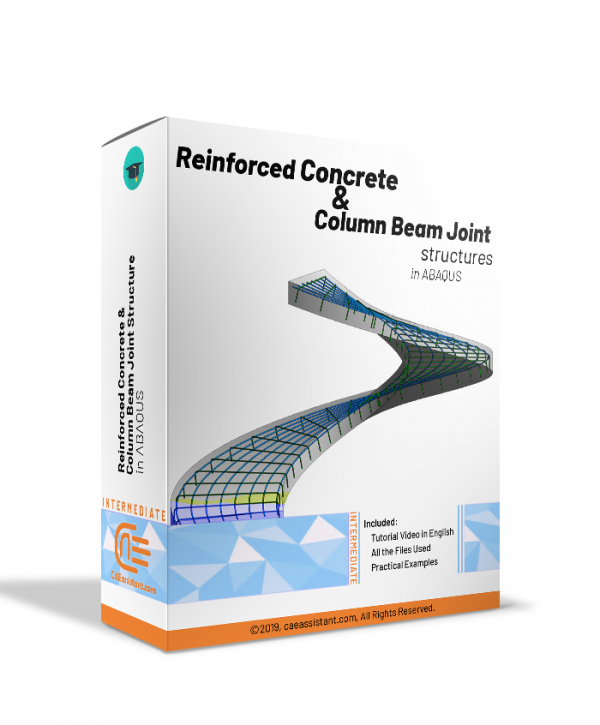Continuously Reinforced Concrete Pavement (CRCP) Cracking Analysis
|
The increasing adoption of continuously reinforced concrete pavement (CRCP) in highway pavement design is driven by its demonstrated superior performance. Critical to evaluating the long-term effectiveness of CRCP is the understanding of early-age cracks (CRCP crack analysis), which has garnered significant interest from highway departments. This Abaqus Continuously reinforced concrete pavement modeling project aims to establish precise design parameters for CRCP and analyze the formation of crack patterns. By accounting for stress factors such as environmental conditions and CRCP shrinkage modeling, the project offers valuable insights into predicting the likelihood of crack initiation and propagation within the concrete slab. These insights are instrumental in enhancing the durability and performance of CRCP structures, thus advancing the efficiency and effectiveness of highway infrastructure. |
Ultra-High Performance Concrete (UHPC) structures simulation in Abaqus
Ultra-High Performance Concrete (UHPC) beams simulation in Abaqus
Abaqus for Civil Engineering Part-1
Tunnel excavation simulation using TBM in Abaqus
Soil Impact Analysis in Abaqus
Ultra-High-Performance Fiber Reinforced Concrete (UHPFRC) structures in Abaqus
Hardening plasticity in Abaqus
Masonry wall Abaqus simulation
Abaqus Soil Modeling Full Tutorial
Abaqus Concrete structure Modeling Full Tutorial
Concrete reinforcement and column beam joint structures in ABAQUS
